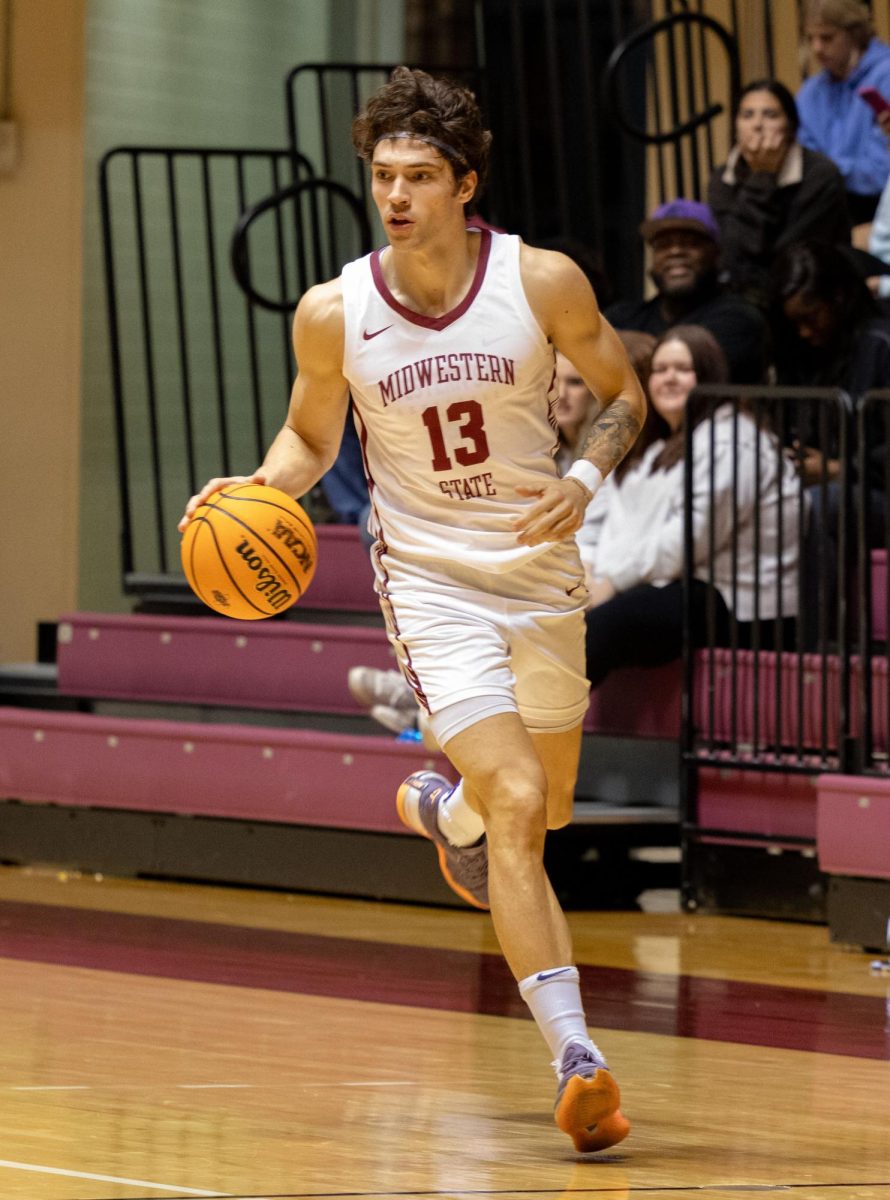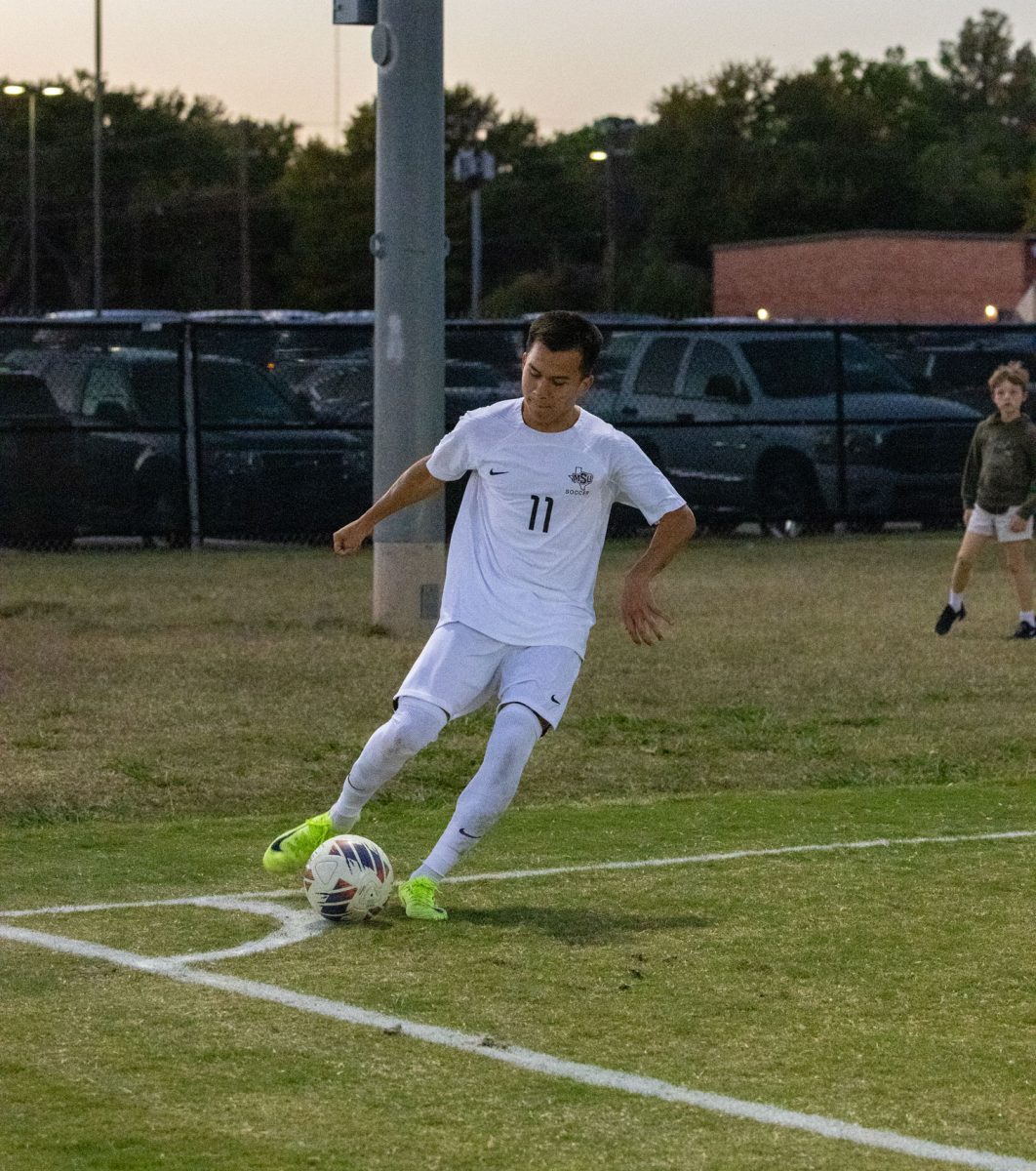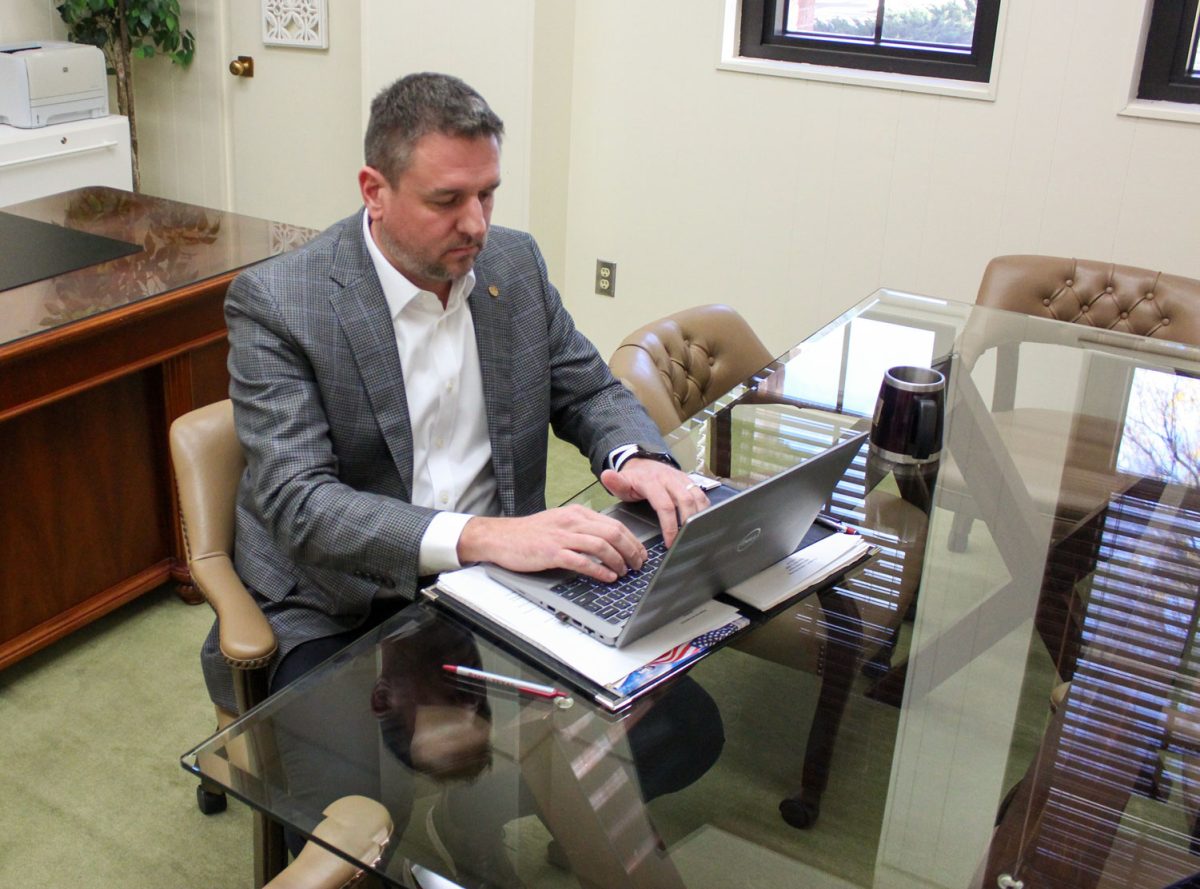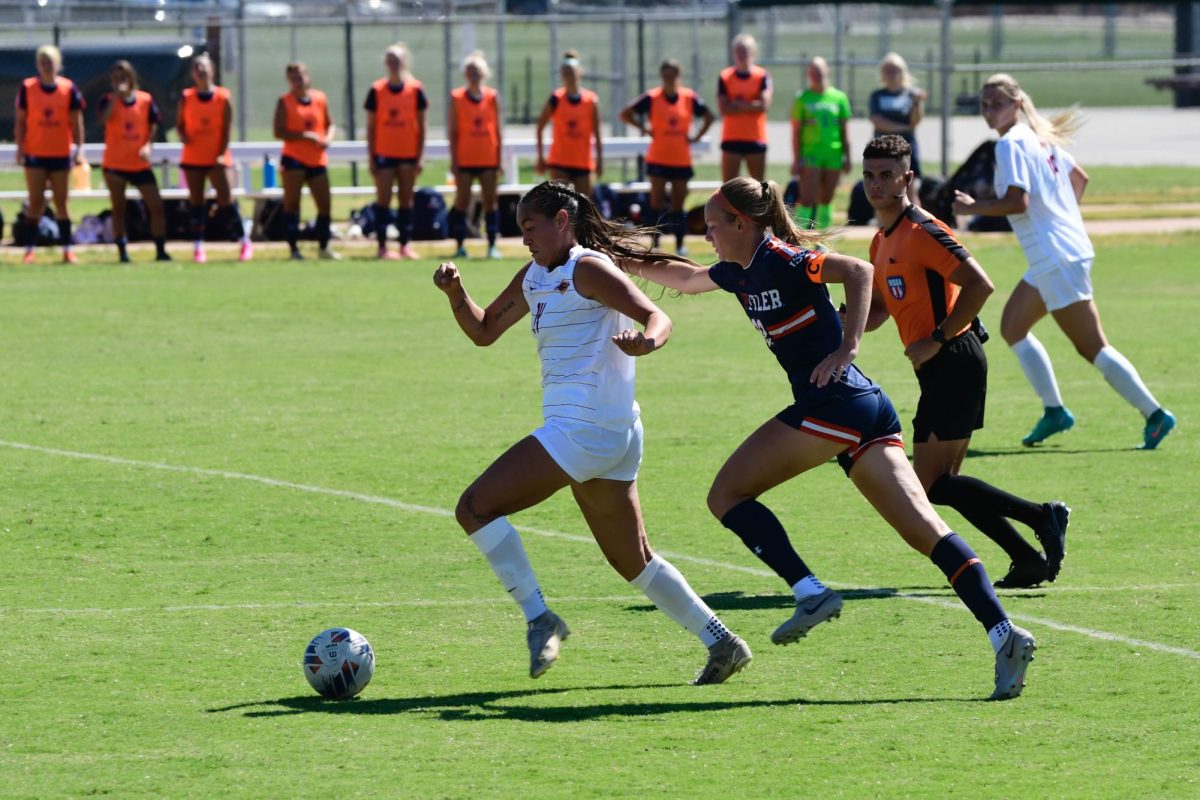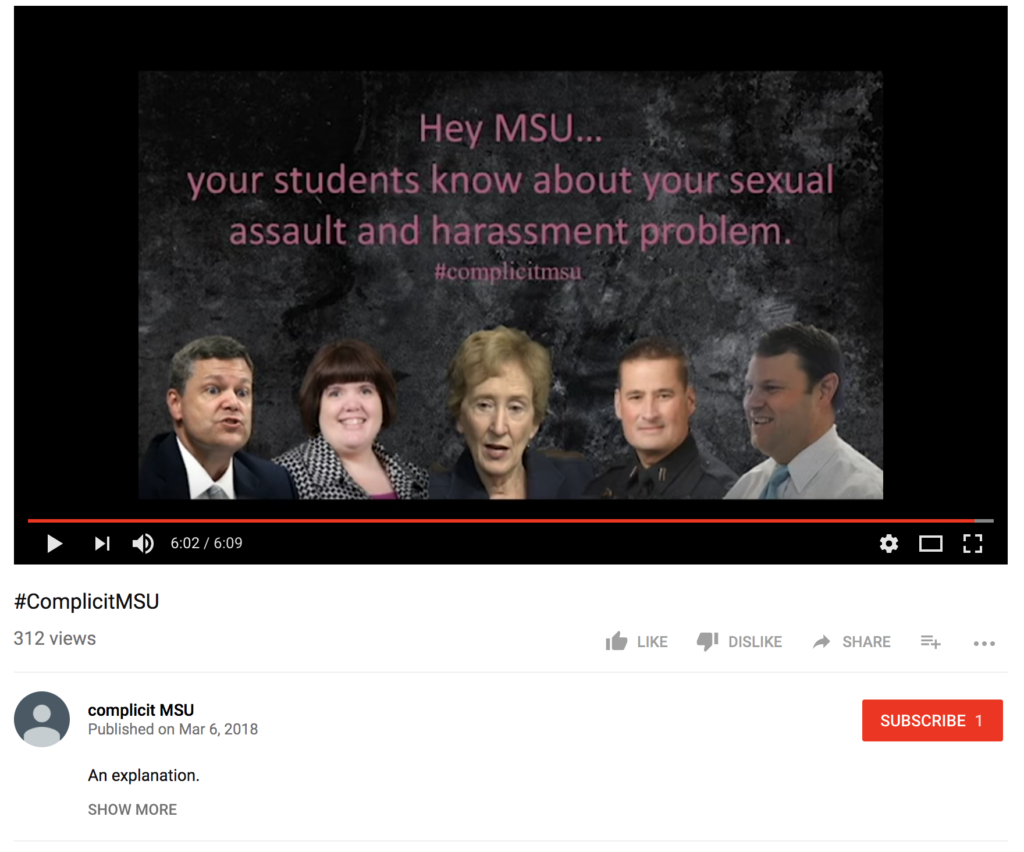
The Office of Student Affairs and Enrollment Management sent out a campus-wide email March 6 inviting students and faculty to an open forum regarding campus safety scheduled for March 19. Although most campus officials failed to respond Tuesday evening, the forum seems to be in response to various media circulating expressing concern about sexual harassment and assault on campus.
James Johnston, provost and vice president of academic affairs, said, “A Postmaster [email] went out today inviting a public conversation, a town hall conversation. We feel like we have our policies and procedures in place, so if those are failing us in some way we would hope that concerned students—if it’s student-driven or student-lead—would be willing to have a conversation about how we make that better.”
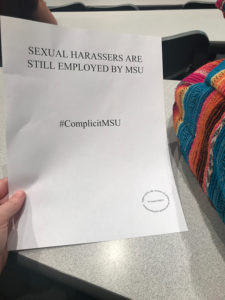
Flyers were spread around campus last week on Feb. 28 raising awareness to cases of sexual harassment and assault and claimed administrators were complicit in these acts.
Andrea Button, associate professor of sociology, said students in her classes brought up the fliers for discussion.
“I teach two Global and Social Problems classes over in Bolin and both had mentioned something to me,” Button said.
She also said the students were not surprised by the topic of sexual assault on campus.
“This impression that students have that this is a problem on campus definitely was resonating,” Button said. “So at least from that standpoint, from a student’s perspective, this is not an inaccurate thing.”
In addition, the minutes of the January Faculty Senate reported faculty satisfaction survey findings, including some comments concerning sexual harassment and gender discrimination in the workplace.
“Having been a faculty member at several different institutions, I can say that it is not surprising to have that type of feedback,” Button said. “Most institutions do have a problem with some form of sexual misconduct or harassment against women, so that is not an uncommon thing to see.”
Johnston said if students do have any concerns with these issues on campus, there are resources present for them to utilize.
“If it is student related, they can always talk to faculty members, staff. We are familiar with the reporting mechanisms, certainly. Matt Park is our Title IX coordinator. If you’re not sure, obviously the police department is always available,” Johnston said. “There are a number of counseling, faculty and support staff that I would encourage them to talk to. If you’re not sure, ask.”
According to Suzanne Shipley, university president, the process for reports such as those for verbal harassment that don’t qualify as physical violence is a time-consuming and complex process for both accusers and victims.
“There are very cumbersome processes for anything short of physical violence. Both sides are entitled to a fair process,” Shipley said. “That could be discouraging to victims who want immediate action.”
Shipley also urged those who feel there is an issue with sexual assault on campus to bring forth examples of their concerns.
“I won’t sit back and be attacked anonymously without the facts,” Shipley said. “So give me the facts.”
According to Keith Lamb, vice president of student affairs and enrollment management, his office conducted an audit last summer and fall semesters to ensure that the school’s policies were in compliance with Title IX.
“We actually brought in a group last summer and fall and did a full Title IX audit of campus, to make sure that we are Title IX compliant,” Lamb said. “So we feel confident in our policies as far as Title IX compliance goes, but that isn’t necessarily the minimum that we need to be doing and so if the community feels that more needs to be done, then we want to do that.”
Lamb also said the forum was scheduled in response to last fall’s faculty satisfaction survey findings.
“[T]he faculty satisfaction survey is where they expressed … some concerns around sexual misconduct,” Lamb said. “This is a natural extension of that to make sure that our community is pulled together.”
Last spring, a campus climate survey was conducted as a part of a three-year grant from the United States Department of Health and Human Services.
The sample of 894 people reported high perceptions of consent, moderate perceptions of campus safety, satisfaction with the institution’s response to campus sexual violence, positive perception of campus climate toward sexual misconduct and confidence in their ability to intervene. Around 17 percent of the sample have been victim of sexual violence, 21.5 percent of women reported to being a victim of sexual violence with 9.3 percent being men and more than 1 percent admit to being perpetrators of sexual violence.
This spring’s Campus Climate Survey will open on March 19 and Lamb said the forum will bring attention to it.
“Certainly we have policies and procedures and we follow those. If those policies and procedures aren’t meeting the needs of our community, then we need to address those,” Lamb said.
Jacob Warren, economics senior, said the Student Government Association created its own campus climate survey available for students to take.
“The climate survey was a continuation of the campus wide survey,” Warren said.
Warren said the survey was split into three parts: lighting on campus, illness on campus and harassment. According to Warren, SGA made the survey to get more insight on what the students’ concerns are.
The survey can be accessed on SGA’s Twitter page and closes March 9.
After the flyer was posted on campus, Wichitan staff members attempted to contact those responsible for the flyers by Twitter, @complicitmsu.
An unidentified person responded via direct message on Thursday, March 1 at 12:05 p.m.
“Feel free to use any of the Information on this page, but as of now, we are not conducting interviews with the Wichitan. Thank you.”
Additional attempts to reach the individuals responsible have gone unreturned.
RELATED: ‘Males’ suspended pending investigation
CAMPUS CLIMATE SURVEY
MARCH 21-MAY 5, 2017
- Sample size: 894 people
- 18-20 year olds: 37.6%
- 21-25 year olds: 37.3%
- 26 years old or older: 25.1%
- White/Caucasian: 62.7%
- Hispanic/Latino: 20%
- Black/African: 15.7%
- Asian/Asian American: 3.9%
- Other race/ethnicity not listed: 1.2%
- Heterosexual: 85.2%
- Bisexual: 7.6%
- Gay: 3.7%
- Lesbian: 1%
- Other: 2.4%
- International students: 8.9%
- Live on campus: 36.1%
- Lowerclassmen: 37.4%
- Upperclassmen: 50.4%
- Graduate/professional: 11.9%









